Persimmons, often hailed as “nature’s candy,” are a beloved fruit enjoyed across the globe for their sweet, honey-like flavor and versatile culinary applications. Among the most common varieties are crispy persimmons—a non-astringent type that can be eaten while still firm, unlike their astringent counterparts, which require full ripeness to mellow their tannins. However, a common dilemma arises when these crispy persimmons begin to soften: Is it safe to eat them once they lose their signature crunch? This article delves into the science behind persimmon ripening, the factors influencing texture changes, and the culinary and safety implications of consuming softened crispy persimmons.
Understanding Persimmon Types and Ripening
To address the question, it’s essential to distinguish between the two primary persimmon categories: astringent and non-astringent. Astringent persimmons, such as the Hachiya variety, contain high levels of soluble tannins when unripe, causing a dry, puckering sensation in the mouth. These tannins dissipate only when the fruit softens completely, typically after frost exposure or artificial ripening methods like ethanol treatment.
Non-astringent persimmons, including the popular Fuyu and Jiro varieties, are genetically different. They contain negligible tannins even when crisp, allowing them to be enjoyed firm, similar to apples or peaches. Their texture ranges from crunchy to tender, depending on ripeness. However, unlike astringent types, non-astringent persimmons continue to soften post-harvest, leading many to wonder: Does this softening render them inedible, or is it merely a phase of natural ripening?
The Science of Persimmon Softening
The softening of persimmons, like many fruits, is driven by enzymatic activity and cell wall degradation. As persimmons ripen, ethylene gas—a natural plant hormone—triggers the breakdown of pectin, a structural carbohydrate that maintains cell rigidity. This process, called depolymerization, reduces the fruit’s firmness, transforming it from crisp to jelly-like. Simultaneously, starches convert into sugars, enhancing sweetness.

For non-astringent persimmons, this softening is a gradual progression. A firm Fuyu persimmon, for example, may become semi-soft within a few days at room temperature, depending on storage conditions. The key distinction lies in intent: crispy persimmons are harvested and consumed early, while softening is a natural later-stage ripening phase.
Is Softening a Sign of Spoilage?
The critical question is whether softening indicates edibility or decay. Spoilage in fruits typically involves microbial growth (e.g., mold, yeast) or enzymatic over-ripening leading to fermentation. Softened persimmons, however, are not inherently spoiled unless accompanied by:
- Visible mold (fuzzy patches, often green or white).
- Off-putting odors (sour, alcoholic, or fermented scents).
- Liquid leakage or excessive wrinkling.
- Unusual discoloration (dark spots beyond typical bruising).
If a softened persimmon exhibits none of these signs, it is likely safe to consume. The texture change reflects natural ripening, not decomposition. However, taste preferences may vary: some adore the custard-like consistency of overripe persimmons, while others prefer their crispness.
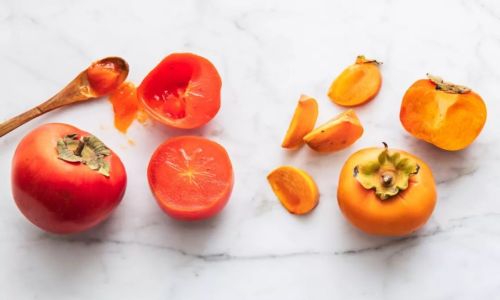
Nutritional and Flavor Implications
Softened persimmons offer distinct nutritional and sensory benefits. As they ripen, their sugar content increases, while vitamin C and antioxidant levels peak. The flesh becomes silkier, with a concentrated sweetness reminiscent of apricot jam or brown sugar. This makes them ideal for baking, sauces, or purees.
Conversely, crispy persimmons retain a brighter, tangier flavor profile, with a texture akin to a firm peach. Their versatility allows them to be sliced into salads, grilled, or eaten raw. The choice between crisp and soft thus hinges on culinary goals rather than safety concerns.
How to Store Persimmons to Control Ripeness
To prolong crispness or accelerate softening, storage conditions matter:
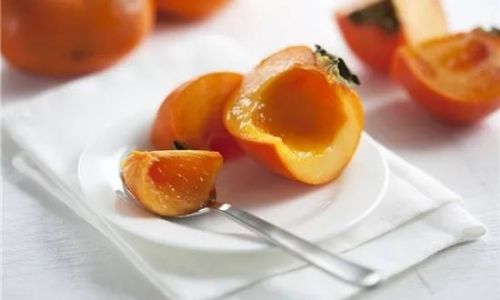
- For crispness: Store persimmons in the refrigerator’s crisper drawer (32–36°F/0–2°C), where cold temperatures slow enzymatic activity.
- For softening: Leave them at room temperature (68–72°F/20–22°C), ideally in a paper bag to trap ethylene and hasten ripening.
- Freezing: Softened persimmons can be peeled, pureed, and frozen for up to six months, preserving their sweetness for smoothies or desserts.
Culinary Uses for Softened Crispy Persimmons
Softened persimmons, while lacking crunch, shine in recipes where tender texture is advantageous:
- Baked goods: Fold into muffins, bread, or pancakes for moisture and sweetness.
- Jams and preserves: Their high pectin content aids gelling.
- Compotes: Simmer with cinnamon and orange zest for a tangy-sweet topping.
- Smoothies: Blend with yogurt, bananas, and honey for a creamy treat.
- Salads: Toss with arugula, toasted nuts, and balsamic glaze for a contrast of flavors.
Addressing Safety Concerns
While softening itself is harmless, overripe persimmons may ferment if stored improperly. Fermentation, driven by yeast or bacteria, produces alcohol and carbon dioxide, yielding a sour taste and fizzy texture. Such fruits should be discarded.
Additionally, persimmons contain betulinic acid, a compound linked to potential gastrointestinal discomfort in rare cases. However, this is unrelated to ripeness and occurs only with excessive consumption.
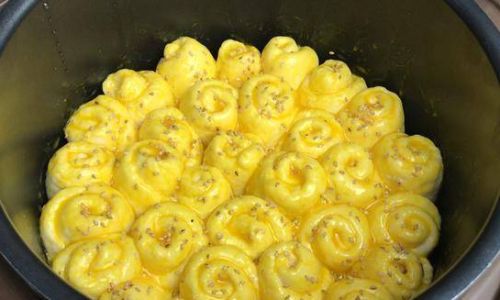
Expert Opinions and Cultural Perspectives
Culinary experts and horticulturists generally concur: softened non-astringent persimmons are safe to eat, provided they show no signs of spoilage. In Asian cuisine, overripe persimmons are even prized for traditional dishes like suebgotgat (Korean persimmon punch) or hoshigaki (dried persimmons).
Conclusion: To Eat or Not to Eat?
The answer is a resounding yes—provided the softened persimmon is free from mold, off-odors, or decay. Texture changes in non-astringent varieties are part of their natural lifecycle, offering a sweeter, softer alternative to their crisp counterparts. Whether sliced into a salad, baked into a pie, or enjoyed straight from the fruit bowl, softened persimmons remain a delightful, nutrient-rich treat.
Ultimately, the choice between crisp and soft boils down to personal preference. Experiment with both stages to savor the full spectrum of flavors this remarkable fruit offers.
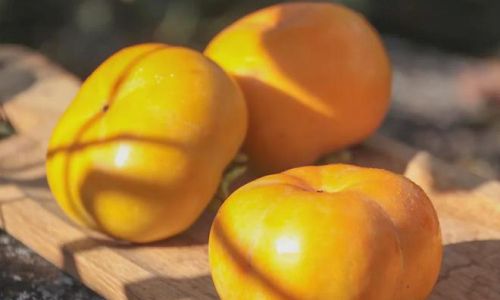
Final Tip: If uncertain about a persimmon’s freshness, perform a sniff test and inspect the skin. Trust your senses—they rarely steer you wrong in the kitchen!
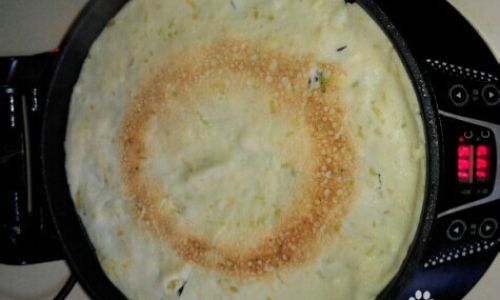
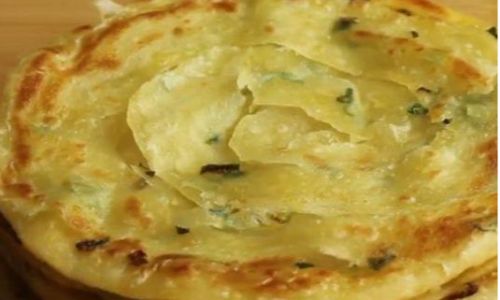



0 comments